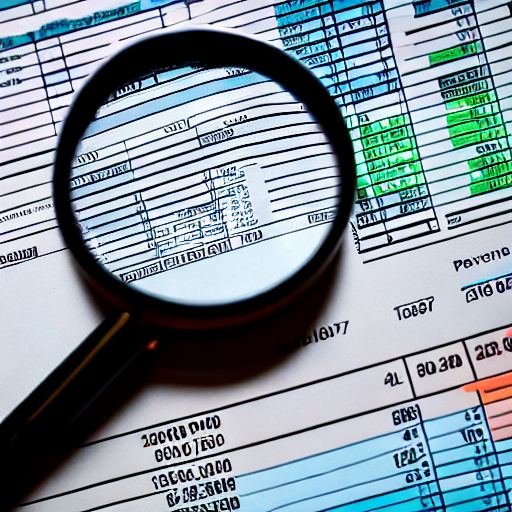Understanding Profitability Analysis and Liquidity Analysis
Let's kick things off by breaking down some heavy-duty terms: Profitability Analysis and Liquidity Analysis. You've probably heard these terms tossed around in the financial world, but do you really know what they mean? Let's dive in.
Profitability Analysis, my friends, is the process of identifying the financial health of a business by understanding its profits. It's about looking at your revenue, expenses, and everything in between. It's like the financial pulse of your business, showing you how much you're making after all the bills are paid.
On the other side of the coin, we have Liquidity Analysis. This isn't about how much you're making, but how quickly you can convert your assets into cash. It's the financial equivalent of being able to stop on a dime. It's about having the cash on hand to deal with whatever life or business throws at you.
Now, you might be thinking, 'Great, but what's the difference?' Well, I'm glad you asked. Profitability and Liquidity are two sides of the same coin, but they're not the same thing. You can be profitable without being liquid. You can have a ton of assets, but if they're all tied up in investments or inventory, you might not have the cash you need when you need it. That's where liquidity comes in.
On the flip side, you can be liquid without being profitable. You might have a ton of cash on hand, but if you're not making more than you're spending, you're not profitable. You're just treading water. And in business, if you're not swimming, you're sinking.
So, understanding both Profitability Analysis and Liquidity Analysis is crucial for any business. It's not just about knowing the terms, but understanding what they mean for your business. It's about knowing where you stand financially, so you can make the best decisions for your business and keep it thriving.
When to Use Profitability Analysis vs. Liquidity Analysis
Alright, let's cut to the chase. You've got two major types of analysis on your plate - Profitability and Liquidity. Both are crucial, both are different, and both serve their unique purposes. But when do you use each? That's the million-dollar question, ain't it? So, let's dive into it.
Profitability Analysis, my friends, is your go-to when you want to assess your company's ability to generate earnings. It's about the bottom line - profit. It's about understanding whether your business model is working or if it's time to pivot. If you're looking at expanding, investing in new projects, or simply want to know if you're in the green, then Profitability Analysis is your best friend.
On the other hand, Liquidity Analysis is all about the now. It's about understanding your company's ability to cover its immediate and short-term obligations. Can you pay your bills? Can you cover your debts? If the answer is 'no', then you're in hot water, my friend. This is where Liquidity Analysis comes in. It's not about the future, it's about the present.
So, when do you use each? Well, it's not a one-size-fits-all answer. It depends on your situation, your goals, and your current financial status. If you're a startup, you might be more focused on profitability. You want to know if your business model is sustainable, if you're making money, and if you can scale. But if you're an established business with a lot of overheads and debts, then liquidity might be more important. You need to ensure you can keep the lights on and pay your employees.
But here's the kicker - you can't ignore one for the other. They're both important. They both give you a snapshot of your financial health from different angles. So, use them both. Use Profitability Analysis to strategize and plan for the future. Use Liquidity Analysis to manage your day-to-day operations and ensure you're not running into cash flow problems.
Remember, business isn't just about making money, it's about managing it too. So, use these tools wisely, understand when to use each, and you'll be on your way to financial success. Now, go crush it!







